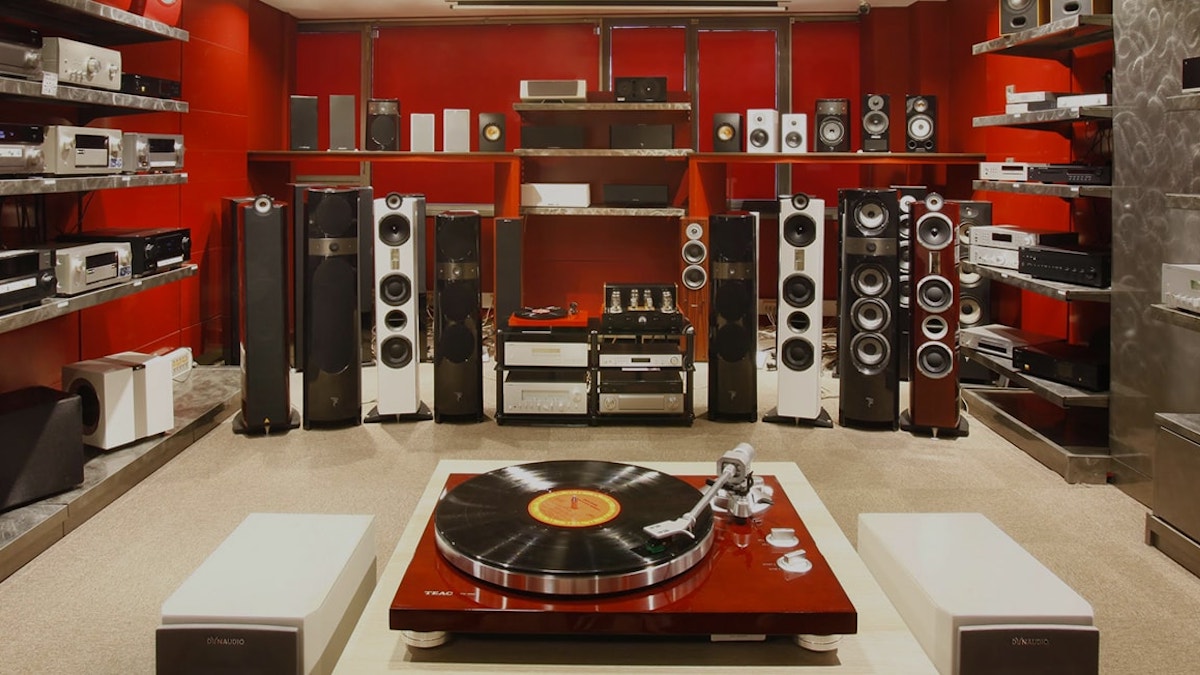Just six months ago, hi-res streaming audio came to the US – Qobuz (pronounced “ko-buzz”) brought studio quality music to streaming audio. A subscription gives users access to the biggest catalog of Hi-Fi and Hi-Res albums in the world, both for new releases and specialized genres. The catalog also includes information from hundreds of thousands of albums that can recreate the appeal of a physical album or CD: the names of musicians, producers, lyrics, and more. The experts at Qobuz curate exciting new releases, across every genre from all over the world into incredible playlists.
Enjoying hi-res music will, obviously, take require the right hardware and Qobuz is compatible with all types of audio equipment through the appropriate connectors. And if you’re unsure of the right way to go, Qobuz can provide advice on purchasing Hi-Fi equipment.
The audience for streaming audio continues to flourish (estimated to reach 1.15 billion subscribers in a decade by Goldman Sachs) and Qobuz is helping cultivate hi-res audio, which has grown in the US for the first time – which it’s been doing in Europe for the last decade.
We were provided with a review subscription to Qobuz for this review (all opinions are our own), and did our own testing to see what our distinctly non-audiophile ears could pick up comparing Qobuz with another music streaming service. First, we connected our best headphones (Master & Dynamic MW60, Amazon Affiliate link) to a digital-to-analog converter (AudioQuest DragonFly Red DAC, Amazon Affiliate link) as recommended by our audiophile friends. Then it was as simple as opening the Qobuz desktop application (at Hi-Res quality) alongside another music streaming app (at the “Very High” setting), closing our eyes and listening…
We searched the web for suggestions of good songs for testing audio and found a few that we were familiar with: “Hey Nineteen” by Steely Dan, Queen’s “Bohemian Rhapsody” and the theme song from “Beverly Hills Cop” by Harold Faltermeyer (also known as “Axle F”). Once we started listening, something amazing happened: we heard stuff. Sounds that I didn’t realize were in the songs that I thought I knew so well, there are levels of complexity of sound that are lost unless you have both the resolution and the desire to hear them. For example, there are very subtle clicking noises in the background of theme song from “Beverly Hills Cop” that add depth to the audio that are nearly inaudible on my “regular” streaming service. I don’t know if I will become an audiophile thanks to Qobuz, but it will certainly help me appreciate the music that I already love.
With a Qobuz subscription, users can enjoy unlimited streaming of all your music, from $9.99/month, with no strings attached. Visit qobuz.com to sign up for a free trial of Qobuz and experience hi-res sound for yourself.

When you write: “Sounds that I didn’t realize were in the songs that I thought I knew so well,” I have to tell you that this is the exact same experience I had with Qobuz when I first heard it last November. And I’m still hearing new stuff. Digital finally fulfilled.